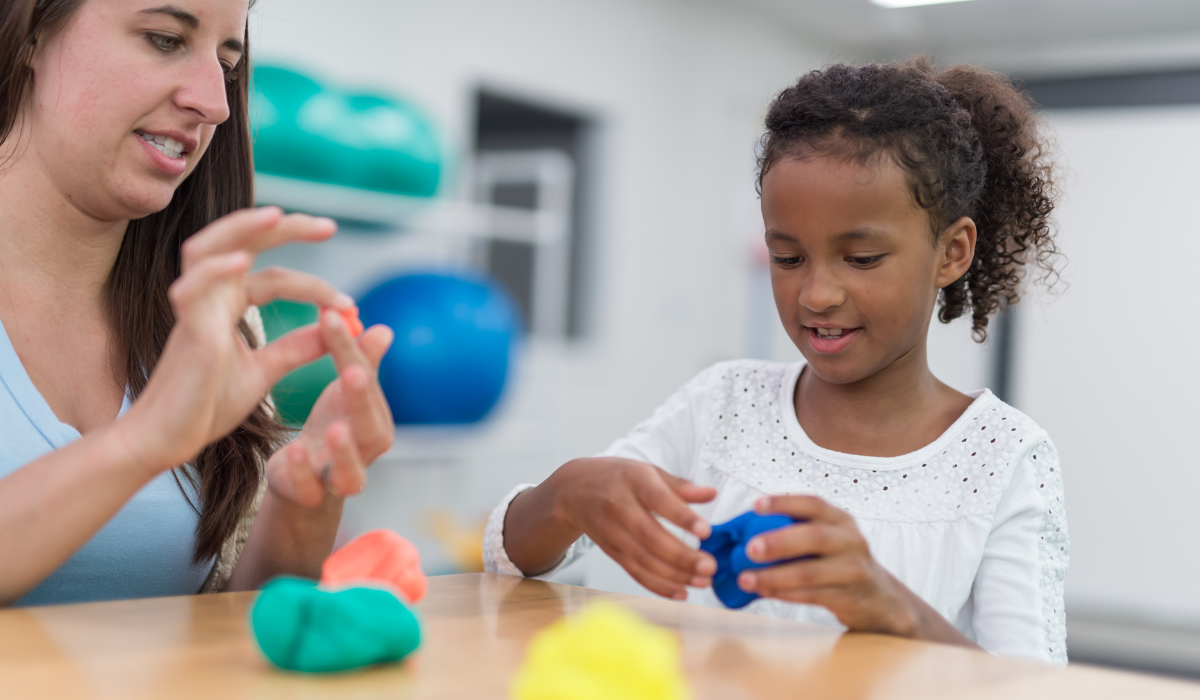Be sure to visit our IEP webpage to see how this fits into the IEP process. Special education and related services are available to eligible children, free of charge, through the public school system.
Special education is a range of services that can be provided in different ways and in different settings to meet a student’s individual needs. Specially designed instruction means adapting the content, methodology, or delivery of instruction to meet the unique needs of a student with a disability.
The programs and services will be determined based on the individual needs of the student as described in the PLAAFP statement. Programs and services should not be restricted to programs and services currently available.
Some children with disabilities need related services to help them meet the goals in their Individualized Education Program (IEP). Related services means transportation and other developmental, corrective, or supportive services that a child needs to benefit from special education.
Related services may include:
• Transportation
• Early identification and assessment of disabilities in children
• Speech-language pathology and audiology services
• Parent counseling and training
• Interpreting services
• Psychological services
• Physical and occupational therapy
• Recreation, including therapeutic recreation
• Social work services
• School health services
• School nurse services
• Counseling services, including rehabilitation counseling
• Orientation and mobility services
• Medical services (only to diagnose or evaluate a child’s disability)
- List of Related Services PACER
- Related Services Defined PACER
- More on Related Services CPIR
Supplementary Aids and Services are any aids, services or other supports that are provided in regular education classes or other education-related settings to enable students with disabilities to be educated with non-disabled students to the maximum extent appropriate.
- Individualized Education Program (IEP) Development: Supplementary Aids and Services MDE
- Supplementary Aids and Services CPIR
Why might my child need related services or supplementary aids/services?
Aids and services are developed to enable the student to make progress in the general education curriculum and advance appropriately toward goals. Aids and services can be provided in any of the following settings: general education, special education, nonacademic, and extracurricular.
- Accommodations and Modifications
- Least Restrictive Environment
- Participation in Extracurricular Activities PACER
Where are these documented in the IEP?
The IEP team determines the need for related services based on data included in the PLAAFP statement.
The IEP must specify
- when the service will begin;
- how often it will be provided and for what amount of time; and
- where it will be provided
What about Adaptive Physical Education?
Many children with disabilities can safely and successfully participate in general education physical education instruction. Adapted Physical Education (APE) is physical education that’s adapted or modified to address the individualized needs of children and youth who have gross motor developmental delays.
APE services start with an assessment and, if eligible, instruction given by qualified personnel. IEP goals and objectives are developed and reflect the physical education instructional content.
What about medical needs?
Many children with disabilities, especially those who are medically fragile, could not attend school without the supportive services of school nurses and other qualified people.
What about transportation?
Special education transportation is a nonacademic related service. Special education transportation means transportation provided with vehicles that only transport students with disabilities. If a vehicle transports both students with and without disabilities, it is not considered special education transportation. If a student needs assigned seating or adult assistance on a regular school bus, those supports/services should be documented in the IEP.
The IEP Team will look at student data and consider the unique circumstances of the individual student. Factors to consider include:
– the nature and extent of the student’s disability
– behavioral issues
– medical or safety issues
– the need for specialized equipment
– potential harmful effect
- Determining the Need for Special Education Transportation
- Requirement to Transport Students with Disabilities
- Frequently Asked Questions about Transportation
- Q&A Serving Children with Disabilities Eligible for Transportation


